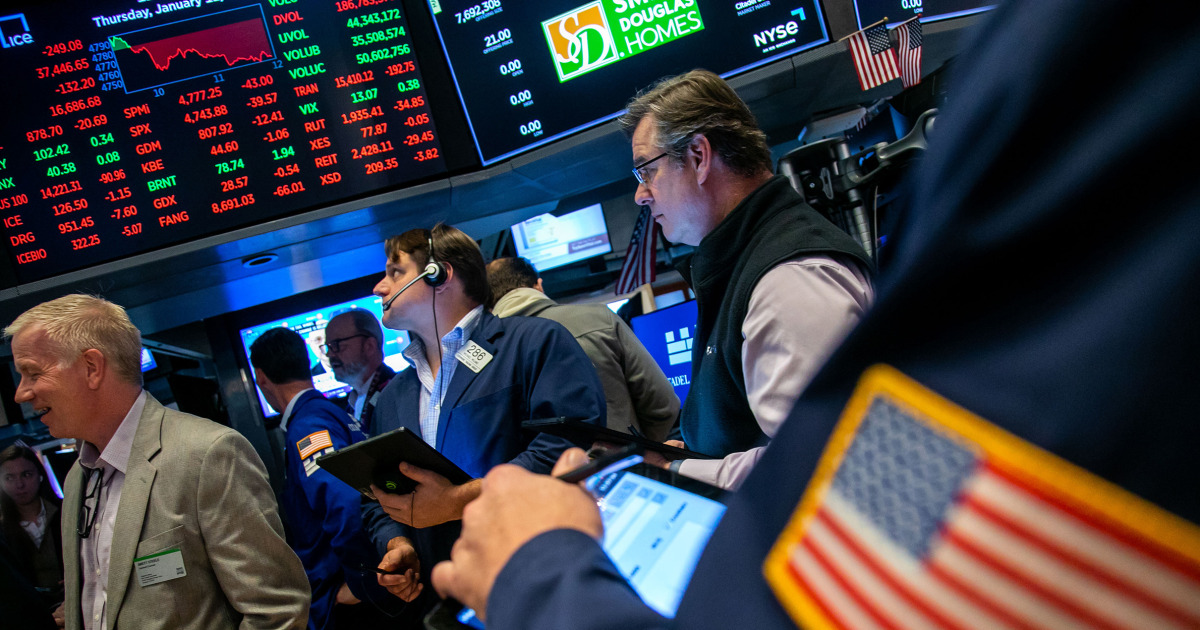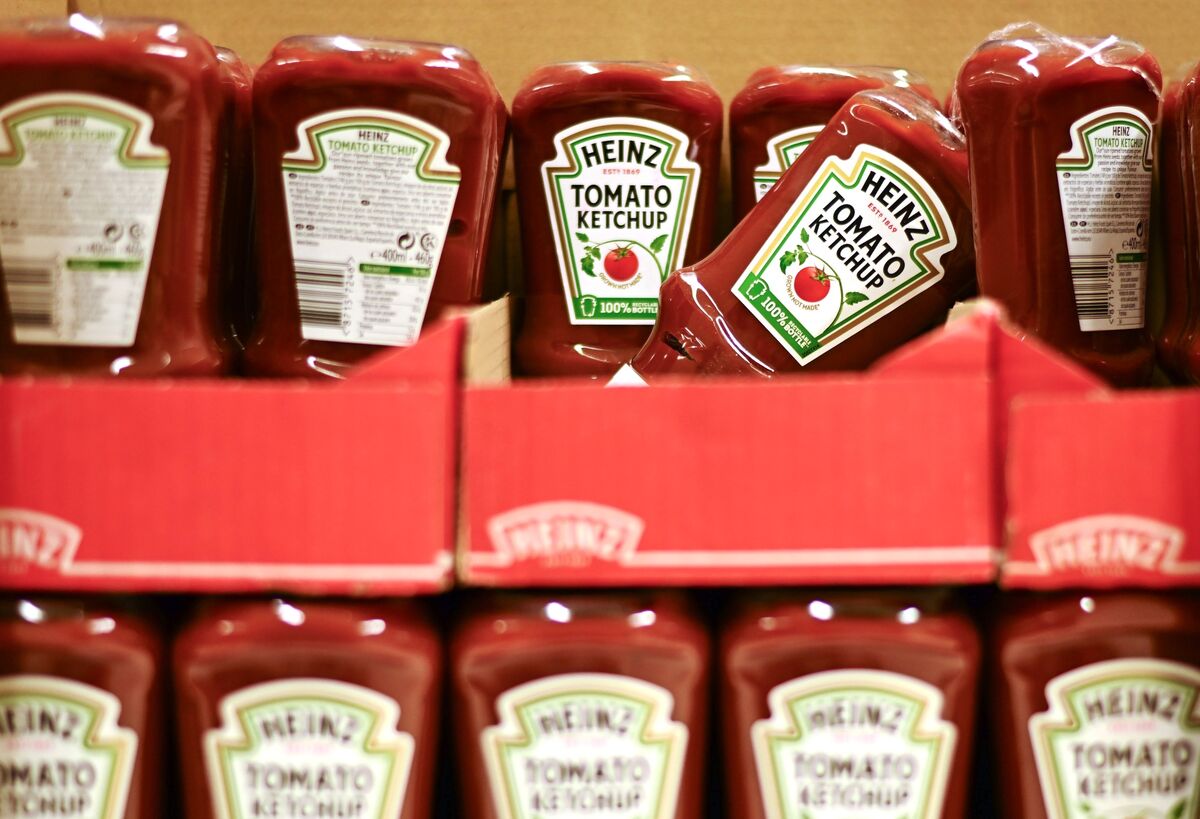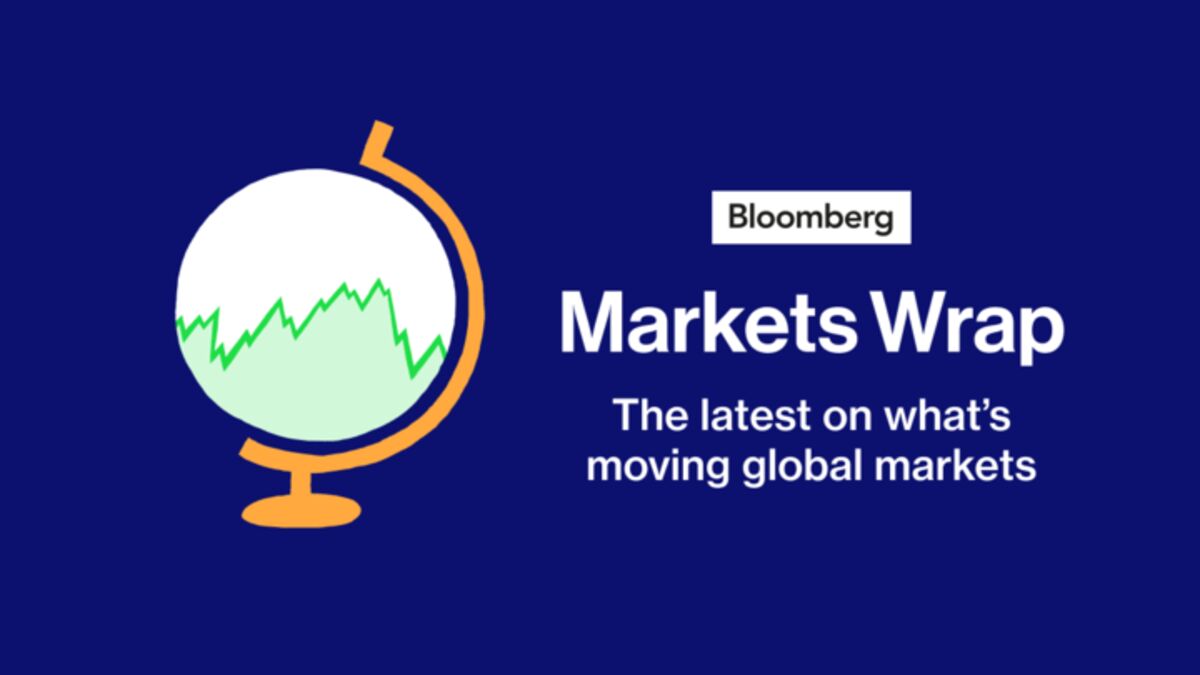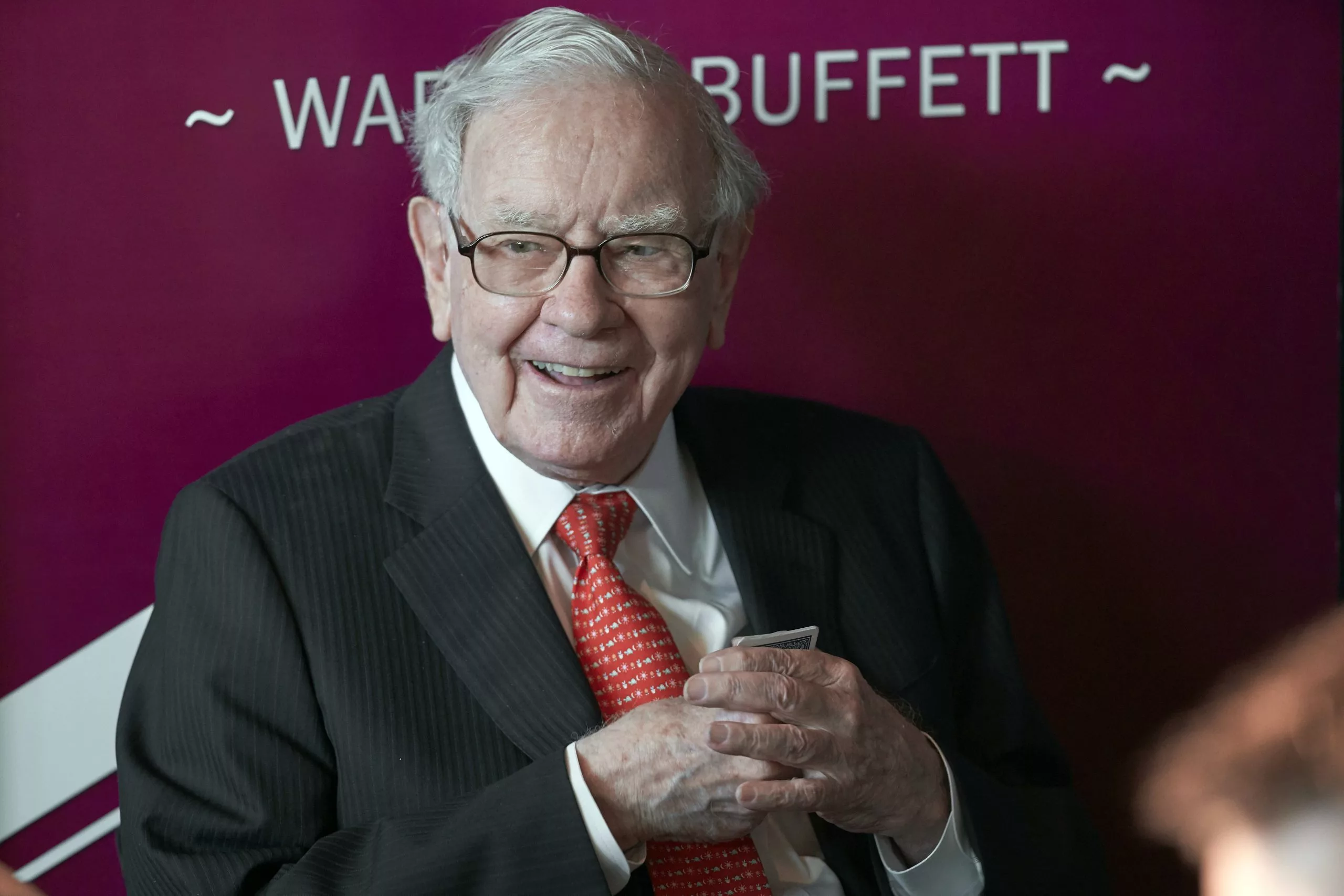Warren Buffett's Final Stock Picks
Introduction
Warren Buffett, the legendary investor and CEO of Berkshire Hathaway, recently revealed his final stock picks before stepping down from his role. This move has generated a lot of buzz and speculation in the business world, as Berkshire Hathaway's investments are closely followed and often seen as a reflection of Buffett's investment strategies.
Key Details
In the last quarter, Berkshire Hathaway built a $1.6 billion stake in UnitedHealth, a leading healthcare provider. This is a significant investment, considering that UnitedHealth is one of the largest holdings in Berkshire Hathaway's portfolio. This move also marks one of Buffett's last major investments as CEO, adding to the significance of the decision.
In addition to UnitedHealth, Berkshire Hathaway also increased its stakes in other companies such as Bank of America, General Motors, and Chevron. These investments demonstrate Buffett's confidence in the long-term potential of these companies, and indicate his belief in their ability to generate significant returns for investors.
Impact
Buffett's investment decisions are closely followed by investors and analysts, and his latest moves have sparked discussions on the future direction of the stock market. The fact that these investments were made as part of Buffett's farewell as CEO only adds to their significance. Many are curious to see how these investments will perform in the coming years and whether they will continue to be
About the Organizations Mentioned
Berkshire Hathaway
Berkshire Hathaway stands as one of the most admired and influential holding companies in the world, renowned for its disciplined investment philosophy and remarkable long-term returns. Headquartered in Omaha, Nebraska, the conglomerate operates under a unique model: it both acquires companies outright—gaining full control over operations—and makes substantial investments in publicly traded firms, often without seeking direct management[1]. This dual approach has allowed Berkshire Hathaway to amass a diverse portfolio spanning insurance (GEICO), transportation (BNSF Railway), retail (Dairy Queen), manufacturing, and energy, among other sectors[1]. The company’s origins trace back to a struggling textile manufacturer, which Warren Buffett began acquiring in the 1960s. Under Buffett’s leadership, alongside his longtime partner Charlie Munger, Berkshire Hathaway transformed into a powerhouse by focusing on value investing—buying undervalued, well-established businesses and holding them for the long term[1]. This strategy, combined with a hands-off management style that grants subsidiaries significant autonomy, has delivered standout shareholder returns, often outpacing the S&P 500 over decades[1]. As of 2025, Berkshire Hathaway is undergoing a historic leadership transition. In May 2025, Buffett announced that Vice Chairman Greg Abel would assume the CEO role by year’s end, though Buffett intends to remain involved in some capacity[1]. Despite this change, the firm’s investment strategy remains consistent, with a renewed focus on consumer-centered brands such as Lennar (homebuilding), Chevron (energy), and Constellation Brands (beverages)[2][3]. These moves reflect confidence in the resilience of American consumers, even as other investors chase trends in technology and AI[2][3]. Berkshire’s recent activities also include strategic acquisitions, such as the purchase of OxyChem, signaling ongoing expansion in core industries[5]. The company’s ability to adapt while staying true to its value-oriented roots has cemented its
UnitedHealth
UnitedHealth Group is the largest healthcare provider in the United States by revenue and a global leader in health insurance and healthcare services. Founded in 1974 as Charter Med Incorporated and later renamed UnitedHealth Group, it operates primarily through two major divisions: UnitedHealthcare and Optum[1][2]. UnitedHealthcare manages a vast portfolio of health insurance plans, covering over 50 million people in the U.S. and millions more worldwide, providing employer-sponsored, Medicare, Medicaid, and individual health benefits[2][3]. Optum integrates clinical expertise, technology, and data analytics to deliver value-based care, manage prescriptions, and enhance healthcare operations through its three segments: Optum Health, Optum Insight, and Optum Rx[3][4]. UnitedHealth Group is headquartered in Minnetonka, Minnesota, and employs approximately 380,000 people[1][4]. It is ranked as the seventh-largest company globally by revenue and eighth on the 2024 Fortune Global 500 list, with a market capitalization exceeding $460 billion[2]. The company’s mission focuses on improving health outcomes and making healthcare more accessible and affordable, actively investing in health equity initiatives and community partnerships[4]. The company has a history of strategic growth and innovation, including its $8 billion acquisition of Change Healthcare in 2022, aimed at expanding its data and technology capabilities, despite regulatory scrutiny from the U.S. Department of Justice[2]. UnitedHealth Group has also faced controversies, including allegations of Medicare overpayments and regulatory investigations into billing and claims practices, which the company has disputed[1][2]. Overall, UnitedHealth Group stands as a dominant and influential player in healthcare, blending insurance services with advanced data-driven care solutions, shaping how healthcare is delivered and managed in the U.S. and internationally[1][3][4].
Bank of America
Bank of America, one of the largest financial institutions globally, was founded in 1904 as the Bank of Italy by Italian immigrant Amadeo Peter Giannini in San Francisco. Giannini’s mission was pioneering for its time: to serve immigrants and "the little fellows" often overlooked by other banks, reflecting a commitment to inclusive banking[1][2][3]. The bank officially adopted the name Bank of America in 1930 and grew significantly under Giannini’s leadership, who became a key figure in 20th-century American banking[1][7]. Throughout its history, Bank of America has expanded through major mergers and acquisitions, including the 1992 merger with Security Pacific Corporation, which created the nation’s second-largest bank, and the 1998 acquisition of NationsBank, which led to the formation of the current Bank of America Corporation headquartered in Charlotte, North Carolina[1][2][3][4]. It further expanded its wealth management and investment banking capabilities by acquiring Merrill Lynch during the 2008 financial crisis, establishing a strong presence in these sectors[2]. Bank of America today serves a broad client base encompassing individuals, small and middle-market businesses, large corporations, and governments, offering a comprehensive range of banking, investment, and financial risk management products and services. It operates approximately 4,600 banking centers and 16,000 ATMs across the U.S. and maintains a global commercial banking footprint[2][3][5]. Its wealth management unit is the second largest worldwide, managing over $1 trillion in assets[2]. Notable achievements include pioneering the general-purpose credit card, which evolved into the widely used Visa card, and introducing one of the first home banking products in 1983, allowing customers to manage finances electronically[4][8]. The bank has demonstrated resilience through economic challenges, repaying government aid after the 2008 crisis and maintaining strong customer satisfaction, as recognized by J.D. Power awards[2][
General Motors
General Motors (GM) is a leading American multinational corporation that has been a driving force in the automotive industry for over a century. Founded in 1908 by William C. Durant, GM began as a holding company for Buick and quickly expanded to include other prominent brands like Cadillac, Oldsmobile, and Chevrolet[1][3]. Durant's vision was instrumental in transforming GM into a global powerhouse, though he faced challenges, including being forced out in 1920 and later returning to co-found Chevrolet in 1911[2][3]. Under the leadership of Alfred P. Sloan, GM reorganized into a decentralized management structure, pioneering annual style changes and consumer financing innovations[1]. The company's impact on the automotive sector has been profound, introducing the electric starter and being a model for large-scale industrial enterprises[1][3]. GM's legacy includes a vast array of brands, though some like Oldsmobile and Pontiac have been discontinued[4]. In recent decades, GM faced significant challenges, including bankruptcy in 2009, but it has since recovered and is now focused on electric and autonomous vehicles[5]. Under CEO Mary Barra, GM has committed to a future of sustainable transportation, aiming for zero crashes, zero emissions, and zero congestion[6]. Today, GM operates globally, manufacturing vehicles in 35 countries and employing thousands worldwide[4]. Notable aspects of GM include its commitment to innovation and its role in shaping American industrial history. The company continues to evolve, investing heavily in electric vehicles and self-driving technology. As a leader in the automotive industry, GM remains a significant player in both business and technology, shaping the future of transportation with its pioneering spirit and technological advancements.
Chevron
Chevron Corporation is a leading American multinational energy company primarily focused on oil and gas. It is one of the largest and oldest integrated energy firms globally, tracing its origins to the 1870s in Southern California as part of Standard Oil. Over time, Chevron evolved through mergers, notably with Gulf Oil in 1985 and Texaco in 2001, establishing itself as a powerhouse in hydrocarbon exploration, production, refining, marketing, chemicals manufacturing, and power generation across more than 180 countries[1]. Chevron operates vertically across the entire oil and gas value chain and has significant production footprints, especially in the Permian Basin, which recently achieved a record of over 1 million barrels per day. The company reported record-breaking quarterly performance in 2025, with U.S. and global production reaching new highs and refinery throughput hitting a 20-year peak. Despite lower crude prices, Chevron’s free cash flow increased by 15% quarter-over-quarter, demonstrating strong financial health supported by a double-A credit rating and a net debt ratio of 14%[2]. Chevron’s headquarters, originally in San Francisco and later San Ramon, California, are relocating to Houston, Texas, as of August 2024, signaling a strategic shift closer to the energy industry hub[1]. The company is actively investing to sustain and grow production, emphasizing a balance between expansion and free cash flow generation to maintain shareholder returns. Chevron plans to reduce its workforce by 20% by the end of 2026 to cut payroll expenses by $2 to $3 billion, reflecting efforts to optimize costs amid evolving market conditions[1]. Notable aspects of Chevron include its historical significance as one of the original "Seven Sisters" that shaped the global petroleum industry and its continued leadership in technological advancements in hydrocarbon extraction and refining. Chevron’s integrated operations and financial discipline position it as a dominant player navigating the complexities of the modern energy landscape[1][2].









